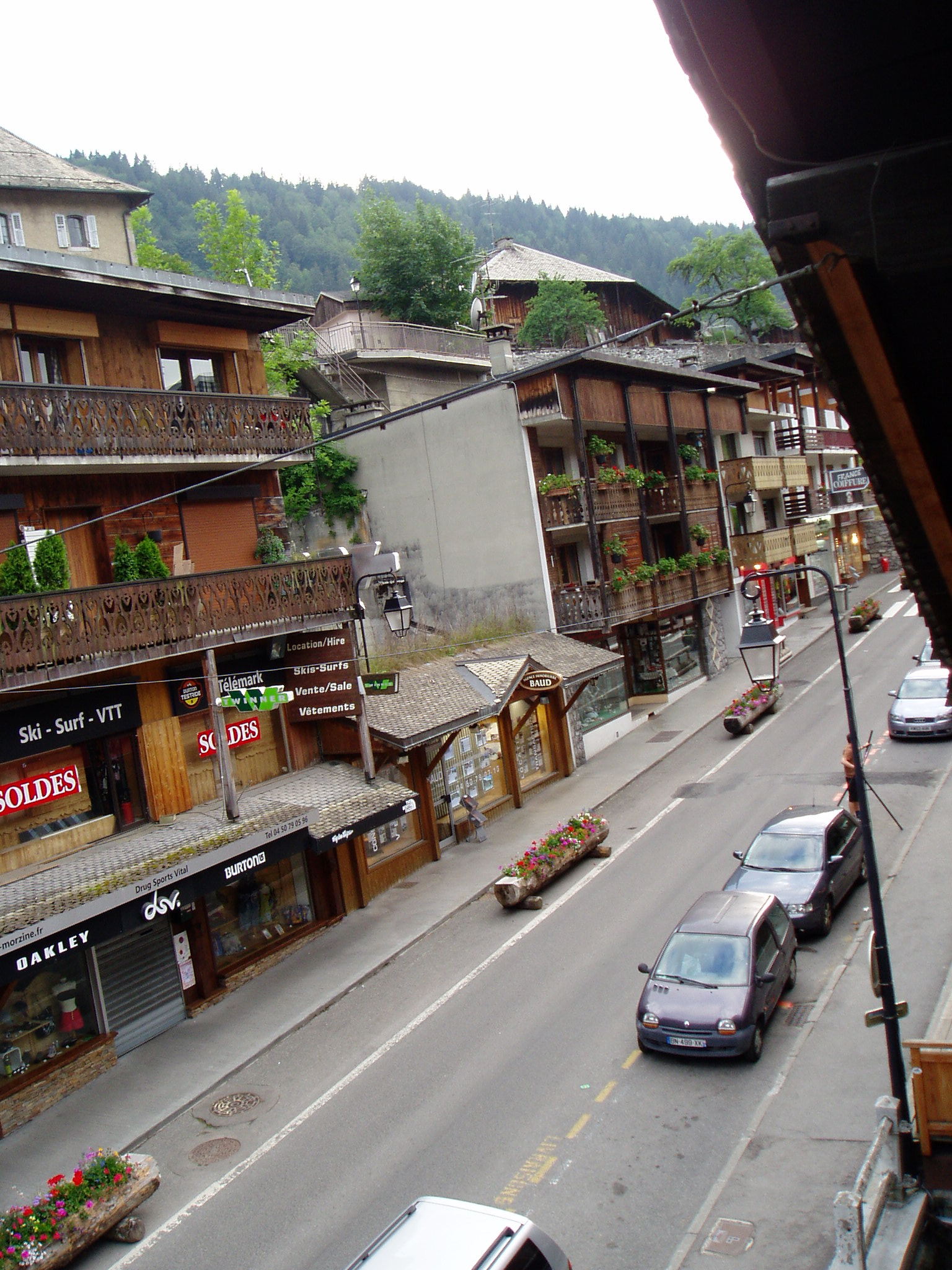Perception and Reality
There is the dream you create in your own mind, based on the limited research you do, overlayed with your hopes and aspirations. There is in the mind of the people who know you, a perception of what you have done, created based on the information you provide and their own desire to be transported from the place they currently occupy.
And then there is reality.
The unfortunate nature of climbing is that you do not climb your dreams, you do not climb a perception: you climb reality. And the reality of climbing can often be mentally or physically brutal, the nature of which rarely enters your dreams or can be perceived by others.
The dream? Several weeks on the Dalmation coast in Croatia spent mixing climbing and beach side relaxing, dipping a toe into each as the mood takes, supported by endless days of perfect weather. ‘Where do you want to climb today – sun or shade, slab or steep?’ ‘Which beach will we walk to from our apartment?’
The perception of others? Joyful climbing, not a worry in the world: ‘it sounds graaate, I’d luuuv to be there’. Every day ‘they are having over there’ better than whatever I am doing here.
The reality? Forma Piva, a 200m 6a+ climb on the Stomorica cliff above Omis, first ascended in 1986. Quite popular now, apparently, but initially considered a test piece …
Stomorica is in the eye from anywhere in Omis, leading to the inevitable urge within climbers to climb it. The thinking progresses like this; when the cliff is first seen – ‘there must be climbs on that thing’; when you first learn there are indeed climbs – ‘it would be great to do one of those climbs’; when you learn the climbs are within your capability – ‘let’s do it’.
Stomorica catches the sun all day. I don’t like the sun, outside of winter, and avoid it whenever possible; Scott prefers not to be in the sun; Warwick is not bothered by it at all. We arrange to meet at 6:00am with the aim to be on the climb before the sunrise. Thankyou!
The 5min drive and 5min walk-in mentioned in the guide takes us just under the hour, route finding not allowed for in the time estimated in the guide.
I lead the first pitch. It is harder than expected on smooth bare rock interspersed with unusually sharp holds. We have climbed 5 days in the past 10 leaving our hands and in particular our fingertips sore and sensitive. With the pressure of the lead, I don’t notice the unpleasant sharpness of the holds, at the time, but do later when on the belay.
The 2nd pitch is led by Scott and is essentially a link pitch to the next two much harder pitches.
The 3rd pitch, led by Warwick, starts up an awkward wall on shattered rock, and then enters a corner. Imagine taking a book, hardcover, and standing it upright and then opening the book in half, the gap between the pages, when transposed to rock creates, a feature that is known as a corner. Open the book greater than 90deg but less than 180deg and it might be called a shallow corner, barely open it and it will be known as a tight corner. Typically the walls of a corner are not even in width, sometimes one side of the corner may only be a metre long, the other side easily 10-20m. Allow some of the pages to loosely fall into the opening a bit, you will see that those inner pages are no longer vertical, but looking up from the bottom will actually overhang.
A corner is a rock feature very commonly climbed and can range in difficulty from the very easiest of climbs to among the hardest – all depending on the features available on each wall – typically very little. Where there are few features the technique required is to apply ‘opposed pressure’, to push against each wall of the corner, the pushing stops your feet or hands from slipping. There will often be a gap of varying width where the two walls join, a crack, creating another feature that can be used.
Let me describe the corner that defines Forma Piva: the reality that smashed dreams and perceptions. The right wall of the corner is largely smooth and featureless and in places slightly overhung. The left wall offers the occasional notch that a foot can find purchase on but are rarely useful for hands, and in places the left wall is bulbous accentuating the steepness. Where the rock enters the crack it turns to coral as limestone often does. Ancient eroded coral has a texture not unlike a bed of nails.
Now, make your way up this feature, carrying a light pack, in the sun, by doing the following. Place your left hand deep into the crack and expand your hand so that it is grabbed by the coral like rock. Pull outwards on that hand with such effort that it opposes the force you are placing on your feet, each one pressed hard against a wall of the corner. Keeping your left elbow well below the hand to maintain the angle of the hand in the crack contort your body so that your other hand can enter the crack, finding a narrowing that will allow your hand to be caught like a wedge in the coral like rock, careful as you do this not to reach too high lest your ankles come too high compared to your feet and the pressure of the feet against the walls is reduced to an extent that your feet slip – placing great pressure on the hand squeezed against the coral like rock.
Repeat.
Again.
For something like 20m-30m, with the steepness of the overhang increasing as you near the end of the pitch.
Swear profusely if you think it will help.
Arrive at the belay to the laughter of your fellow climbers. Laughing not at you, but at the shared pain. Look up, and see that the corner continues into the next pitch. The three of us jammed into the corner and standing on a few fins of rock so that not one of your feet is resting completely on a flat piece of rock.
At this point, try and remind yourself that you are here to have fun! Try and recapture the beauty of the dream, to soften the blow of reality.
Scott leads the next pitch and moves easily up the corner and then delicately steps out onto the face and around a protrusion in the shape of half a wine barrel stuck to the cliff. Moving above this, he looks slightly unsettled, a worrying sign, but soon after gains some good holds and relaxes.
I also move easily up the corner, worrying in itself as these two pitches are given the same grade, so it can only get harder. The step onto and around the wine barrel feature is slightly troubling as at that point you notice the air beneath you as you look for foot holds. Where Scott looked slightly unsettled, I am hyperventilating. The wall overhung, the holds small and terribly sharp, the direction of the next movement very unclear, the good holds gained by Scott completely missed by me - the difficulties continue for longer.
Whimpering slightly, arrive at the belay, again to laughter, this time both at me, and with me.
I lead the last pitch, suggested as it was the most efficient option, agreed because it meant I would get off this climb sooner rather than later. I start up with my neck glowing red from sunburn and sweat pouring off me. My foot work by now has deserted me and I make a meal of the easy slab.
‘Descend the rib until you reach the abseil point’. Rockclimbing guide book authors have also been employed as snow forecasters and surfing condition reporters – if you know what I mean. In fact, you climb UP the rib for some distance, still in the sun, drop down one side and abseil off the back. Then walk down the gully a distance and then climb back up the rib to the abseil point.
The anchors for this 50m abseil consist of 2 old & rusty pitons and a rusty old bolt, joined not by a solid steel chain as is the norm but a length of faded climbing rope. Carrying one rope I prepare it for the abseil. I stand there with one end of the rope in my hand, waiting for Scott, figuring, he wanted to do this climb he can sort it out.
‘How about I back up the dodgy rope with some slings, and then the last person down cleans it and relies on the dodgy rope’, Scott’s suggestion appears sensible to me, standing 2nd in line as I am. Warwick’s mutterings about how it always seems to fall to him in these situations ignored by Scott & me.
We drop the ropes as clean as possible, almost perfectly, and then Scott abseils. Once Scott has been gone a while I step onto the small edge below the abseil anchors and watch Scott, about 30metres below me, deal with a massive ball of rope at his feet. Our best efforts to avoid a tangle in vain.
Realising there is another belay point where he is, he clips in and I then Warwick abseil to him. The dodgy rope on the main anchors good for another day.
There we are, the three of us, standing on a small steep grassy slope that clings to the cliff, hanging off two old rusty bolts joined by another bit of tat, copping the full sun, untangling 130m of rope.
Rope sorted we abseil again. Finally I hit the ramp at the bottom of the abseil and make my way down to the level ground, losing my feet for the first time in many years, landing on my sweet behind and right wrist.
We are each covered in cuts and abrasions; from the elbows down to the fingers from the sharp rock in the corner; from the knees down to ankles from the razor sharp thorns on much of the vegetation hereabouts. The small tufts of ripped skin on my hands creating an effect similar to the fuzziness of an old tennis ball.
We wander, separately, back up the road to the car, each in our own thoughts.
It will only be a matter of days before the dreams of doing long routes in beautiful locations commence again.



